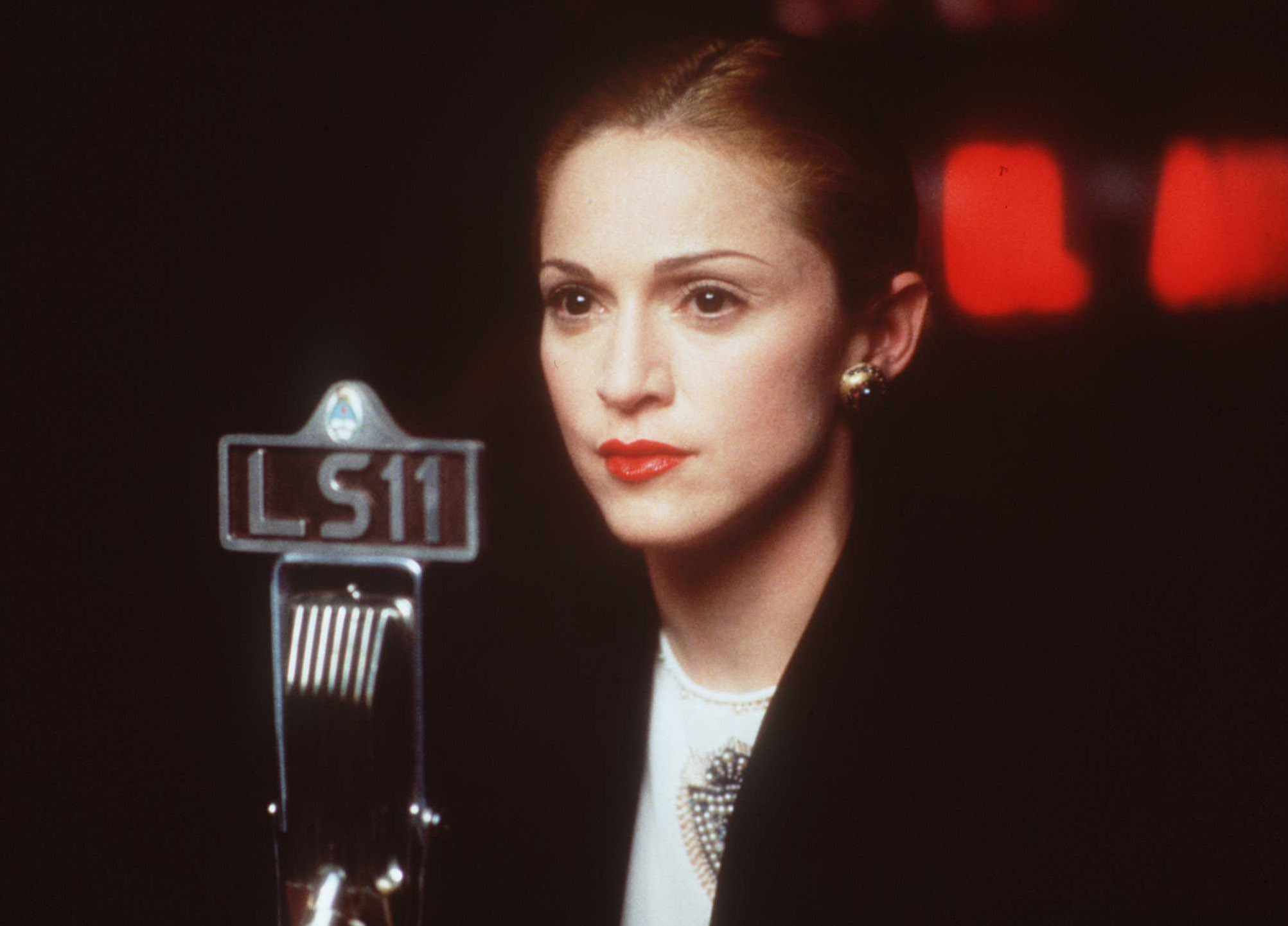Latinxs love Hollywood, but the feeling doesn’t seem to be too mutual. According to the 2021 Motion Pictures Association Theme Report, Latinxs have the highest movie attendance per capita. However, per the USC Annenberg Initiative, from 2007 to 2019, the percentage of Latinxs who appeared on screen never rose above 5.9%.
To add insult to injury, when Latinxs are portrayed in films, they are often played by actors who are not Latinx at all. Apparently, Hollywood doesn’t trust us to tell our own stories. It’s a catch-22 when the excuse is that Latinx actors aren’t big box office draws when they aren’t given the opportunities to become them.
We want to share Latinx movie history in Hollywood, and part of that is the many times that Latinxs were “seen” on screen, but through non-Latinx actors. It has happened countless times, but here, we are going to focus on five notable films that helped get Hollywood where it is today – a place where non-Latinx Javier Bardem can be nominated three times for Academy Awards for playing Latinx roles, while only three Latino actors have won the acting prize over the awards’ nearly 100-year-history. So here we go.
Madonna and Antonio Baneras in Evita (1996)

Eva Perón was the First Lady of Argentina, ran for Vice President, and was an actress, activist, and philanthropist. She was also Argentinian. When it was time to bring the musical Evita to the big screen, Italian-American singer and actress Madonna was selected to play the Latina. She wasn’t the only non-Latinx to nab a starring role based on a real-life Latinx. Welsh actor Jonathan Pryce portrayed Argentinian President Juan Perón, while Spanish actor Antonio Banderas was Che Guevara.
Antonio Banderas and Armand Assante in The Mambo Kings (1992)

Before Javier Bardem, Antonio Banderas was the go-to guy for playing Latino roles. While his acting does bring alive the characters he plays, one could not help but think that maybe these same roles could have gone to an actor who had more inside and in-depth knowledge on the culture(s) being represented. Another notable film that stars non-Latinx actors as Latinxs is The Mambo Kings. In it, Banderas (Spanish) and Armand Assante (Italian and Irish) play Cuban musicians the Castillo brothers. Props to the film for including several real-life Latinxs (and mostly Cubans) like Tito Puente, Celia Cruz, Talisa Soto, and Desi Arnaz, Jr. (who plays his father).
Natalie Wood and George Chakiris in West Side Story (1961)

The original version of West Side Story was released in 1961. As is often the case with vintage productions, you get old-school awesomeness, but unfortunately with outdated stereotypes and worldviews. Not only were Maria and Bernardo played by non-Latinxs (Natalie Wood and George Chakiris, respectively), they, along with the only actual Puerto Rican playing a Puerto Rican, Rita Moreno, had to wear brown face. Luckily the 2021 version had all Latinxs in Puerto Rican roles, and no offensive makeup to bolster the assumption that Puerto Ricans (and Latinxs in general for that matter) are all one color or one anything.
Lou Diamond Phillips in La Bamba (1987)

While the Latinx community has adopted Lou Diamond Phillips as one of their own for his iconic Latinx roles, he is actually Filipino, Cherokee, and Scots-Irish. In 1987, he brought the amazing story of the first Chicano rockstar, Ritchie Valens, to the silver screen. Lou is also known for playing Latinos Angel David Guzman in Stand and Deliver, and Jose Chavez in Young Guns and Young Guns II.
Jennifer Connelly in A Beautiful Mind (2001)

Uplifting Latinx representation is important, in all fields and in all mediums. A Beautiful Mind was a Best Picture-winning film about real-life genius Nobel Prize-winning mathematician John Nash, who also lived with schizophrenia. By his side is his wife, Salvadorian physicist Alicia Nash. She met John when she was one of the few women who were studying at MIT in the 1950s. Why didn’t we know Alicia Nash was Latina? Why wasn’t she played by a Latina? Unknown (well, maybe we do know…) but Alicia was portrayed by Jennifer Connelly. She won a Best Supporting Actress Oscar for her work, a prize that’s still largely out of reach for Latinas, despite Ariana DeBose’s recent, barrier-breaking win.

